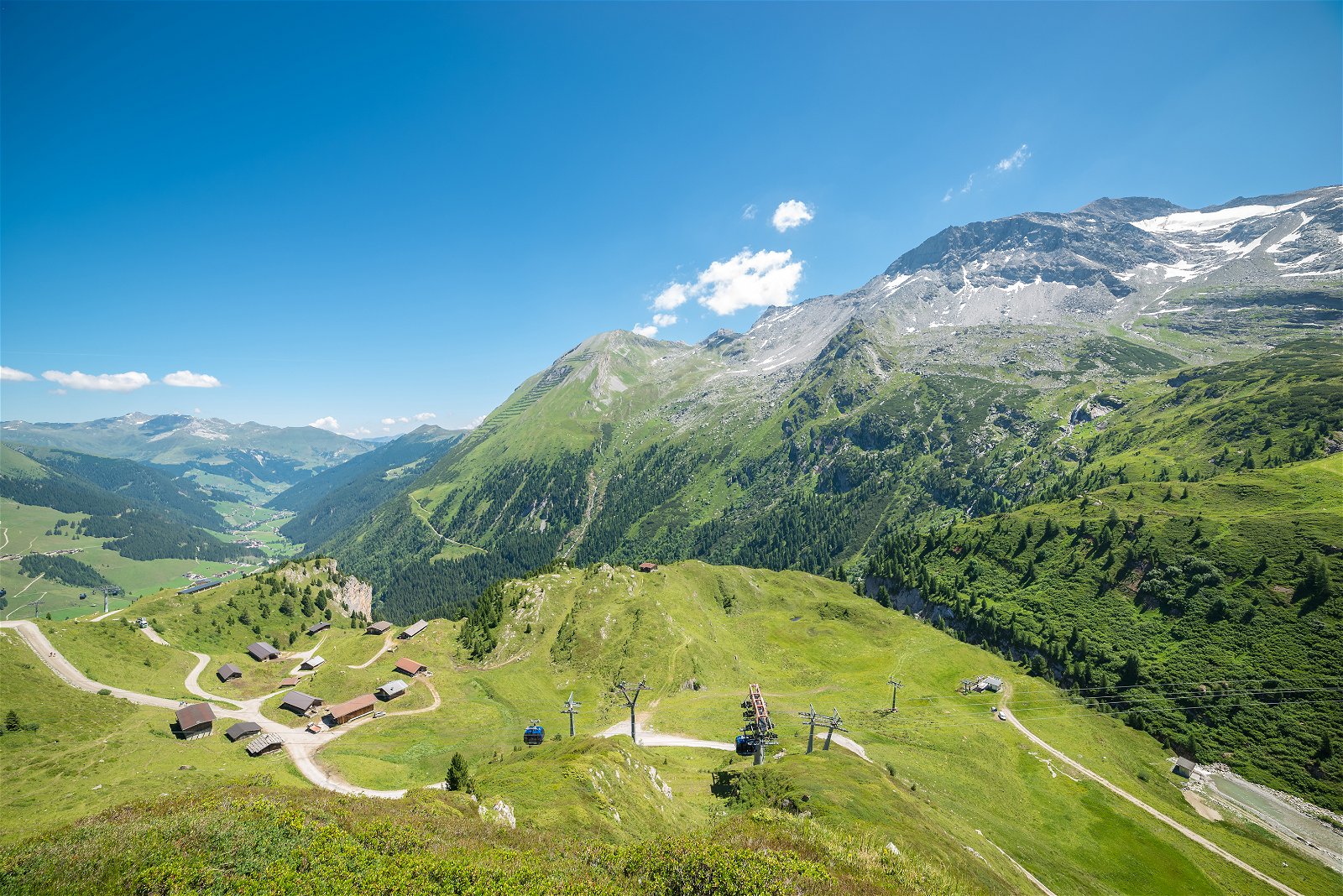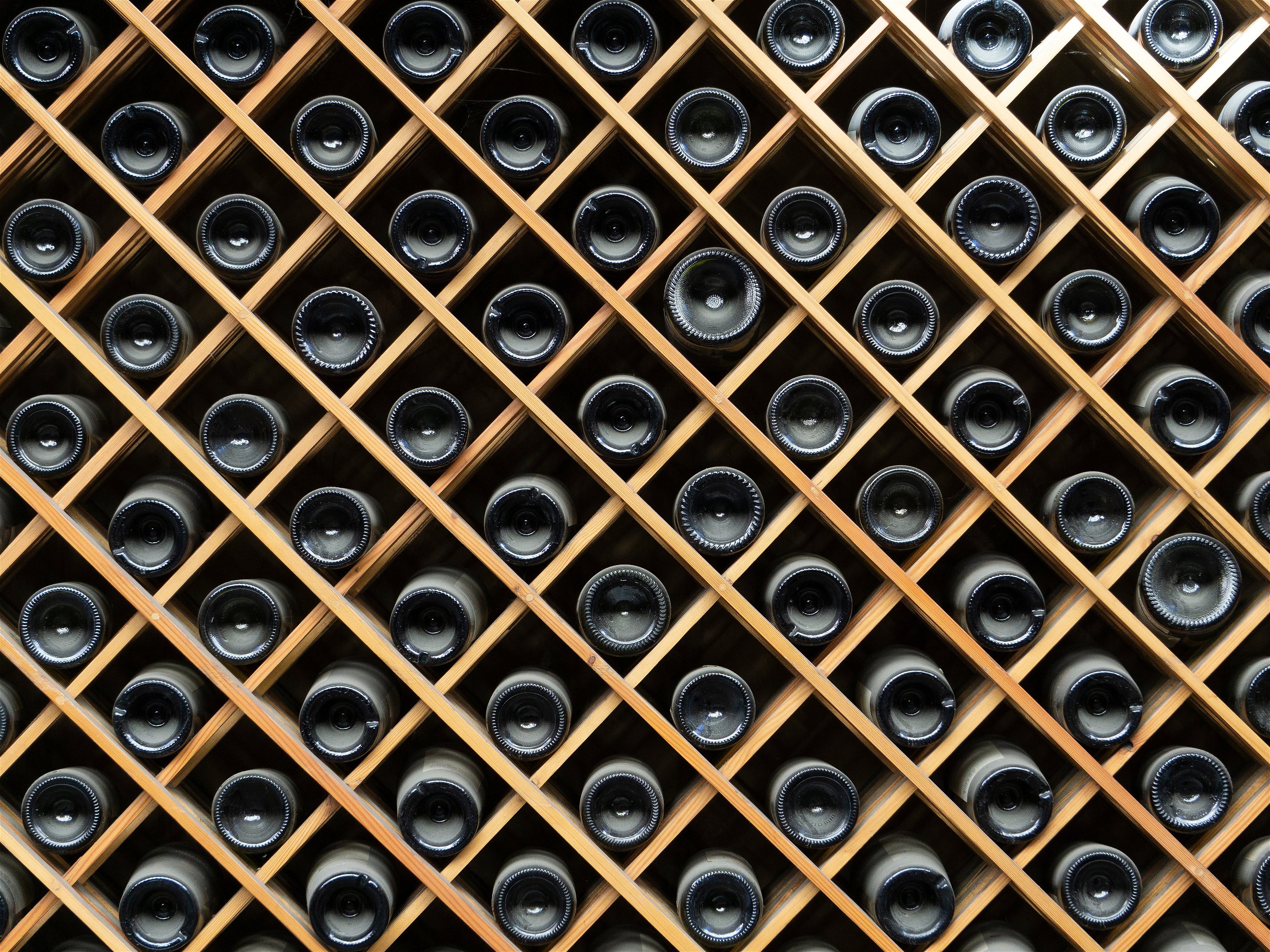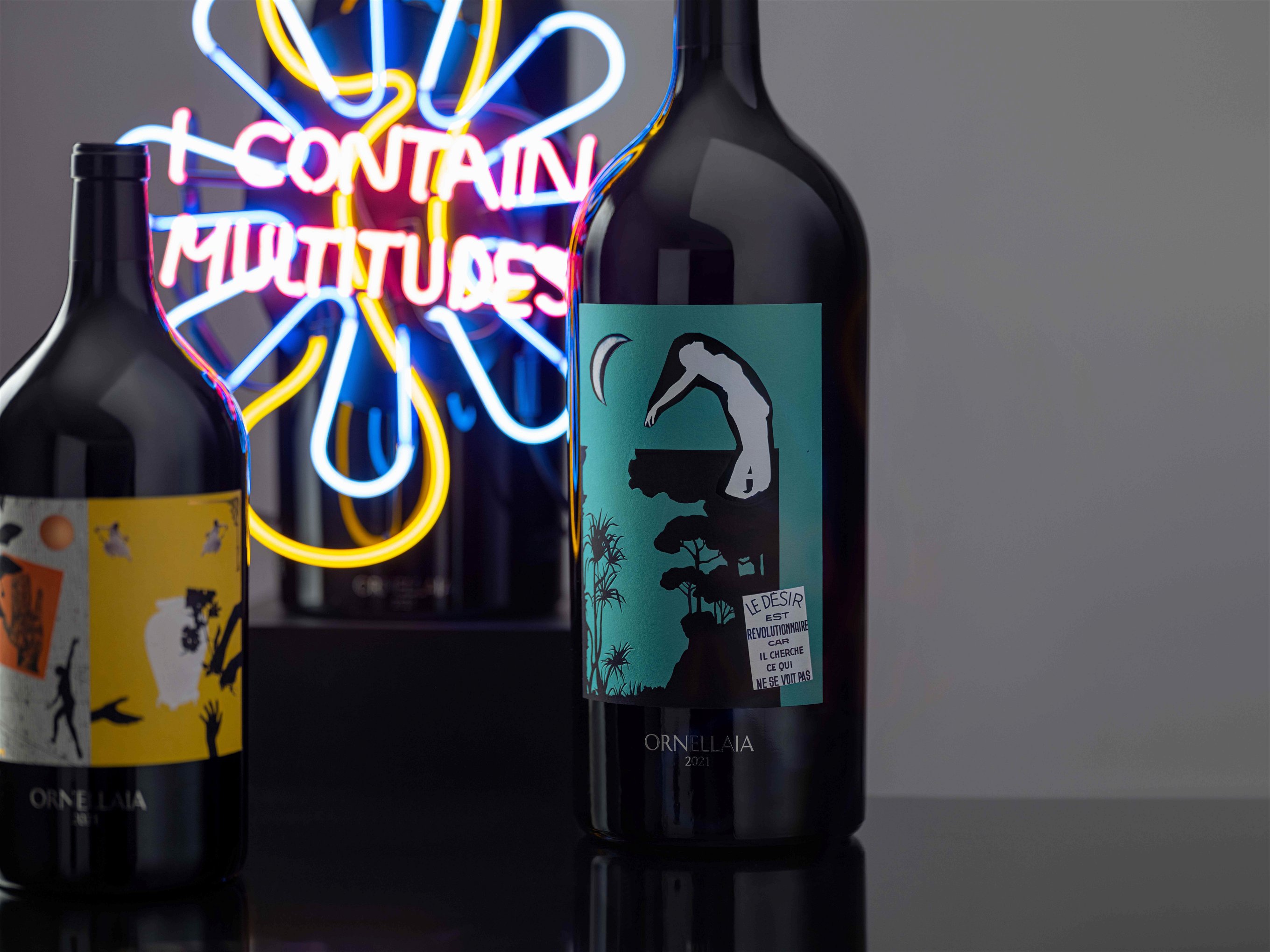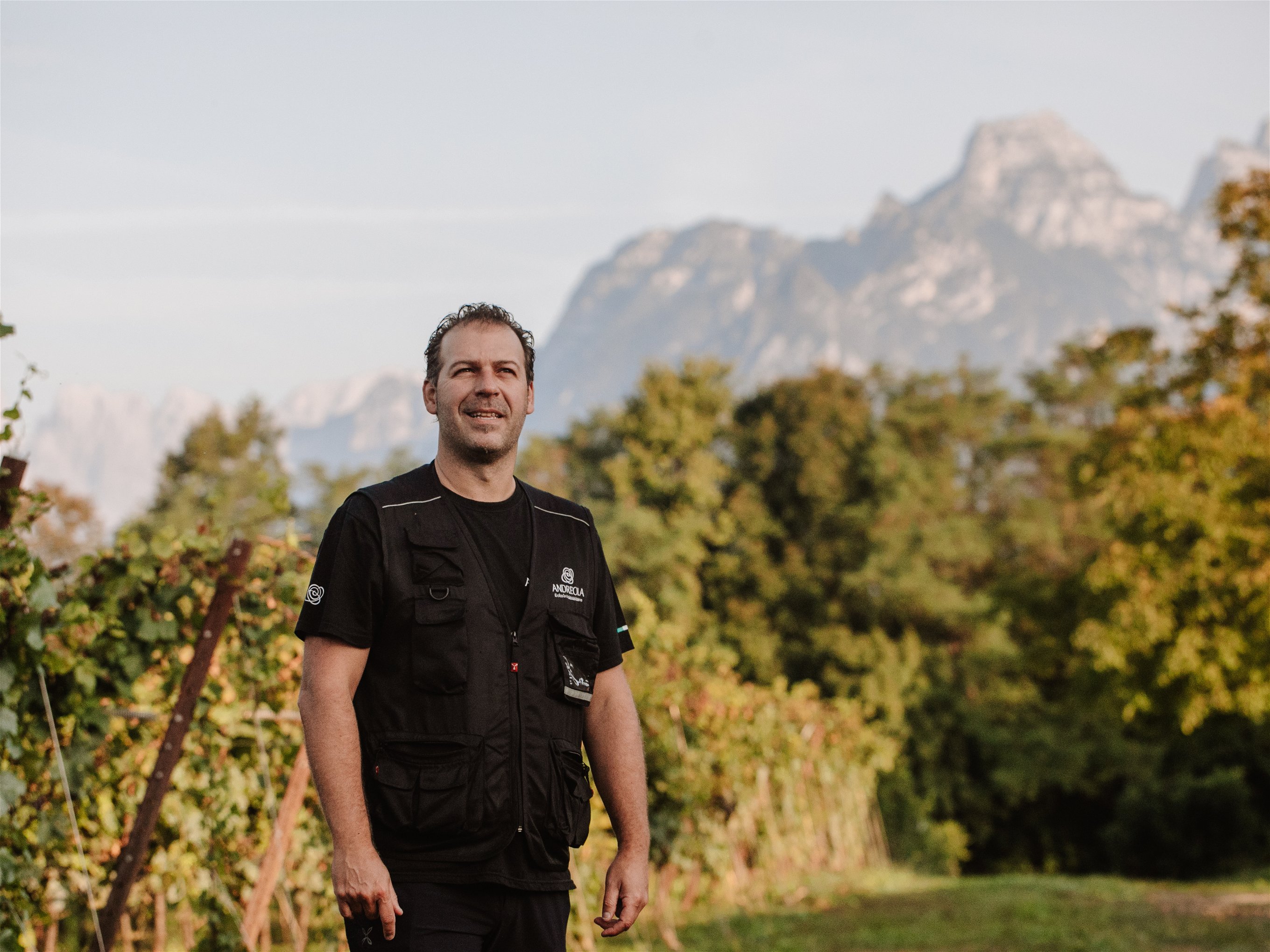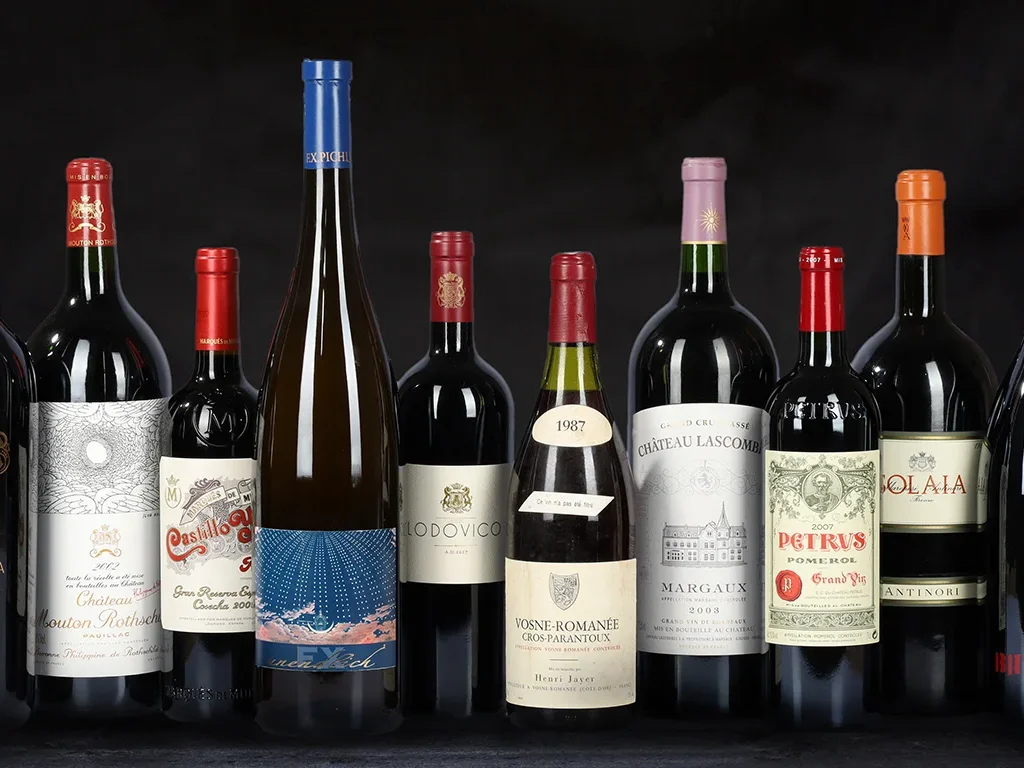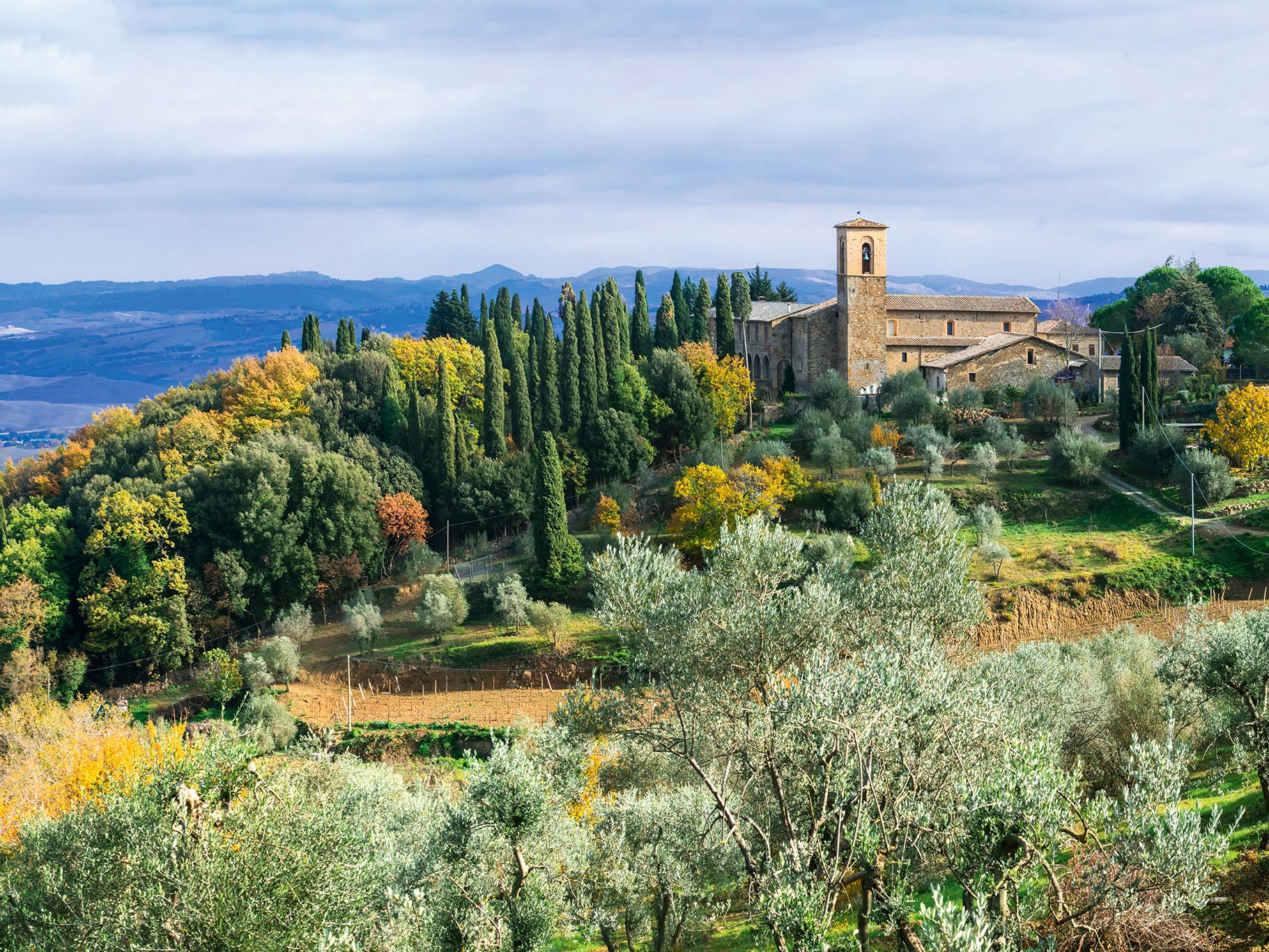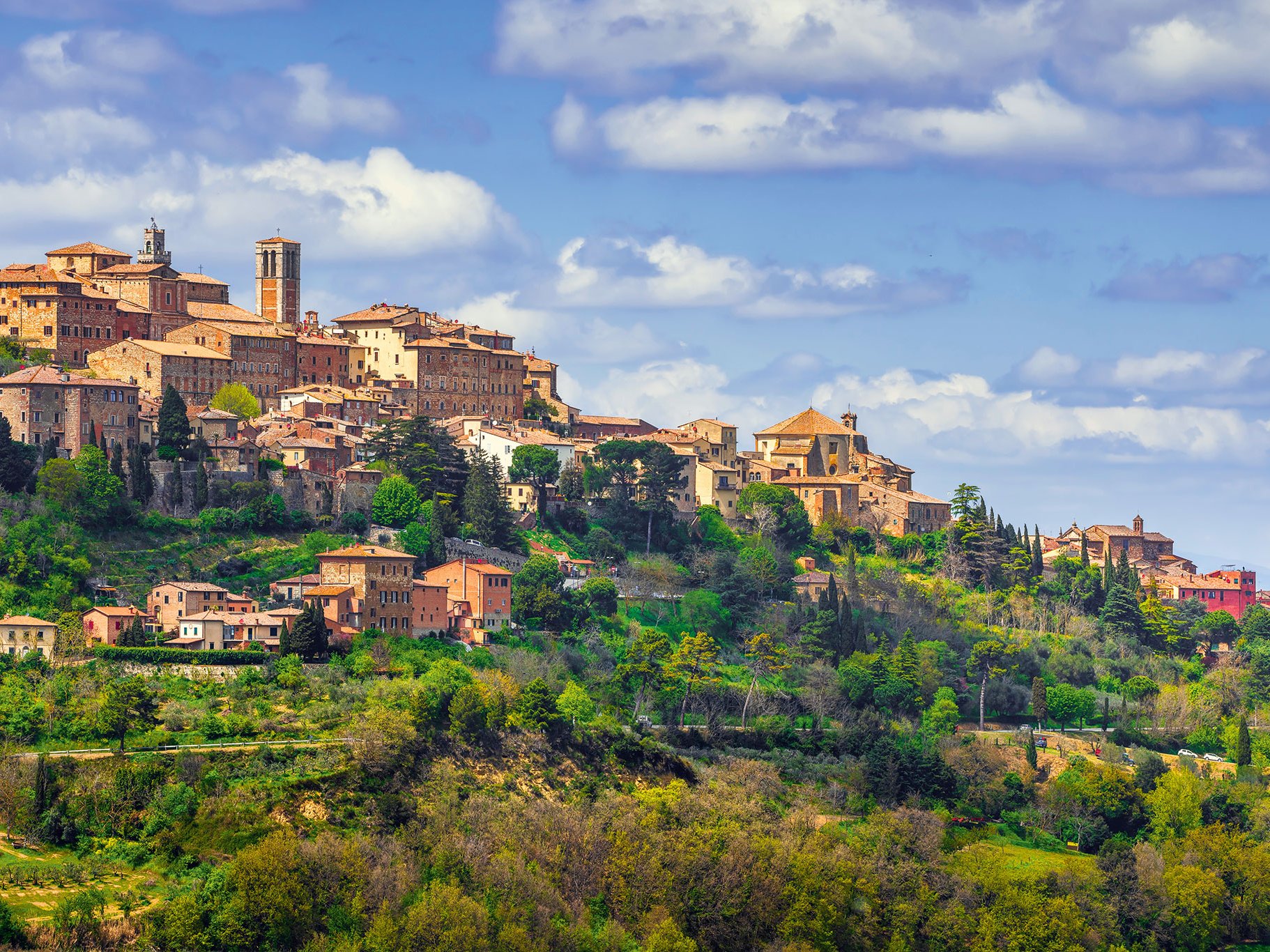When talking about Tyrolean wine, wine lovers naturally think first of the Italian South Tyrol. But also in the Austrian North Tyrol, viticulture has its history, and now emerges again to face a bright future.
Old documents prove the long tradition of North Tyrolean viticulture, where in favorable locations on protected slopes vines were cultivated over a thousand years ago.
The oldest document that can be associated with Tyrolean viticulture mentions Sautens as a production site in 965. Subsequently, documents repeatedly mention viticulture in Tyrol and, in particular, vineyards in places around Innsbruck, near Telfs, Ötz and in the middle and upper Inn Valley up to Prutz at altitudes of up to 900 meters. On many sunny southern slopes in Tyrol, field names have survived to this day that can be associated with early viticulture.
In the Middle Ages, viticulture in the region experienced a perceptible increase due to the warm climate; the Habsburg Emperor Maximilian I is considered a particular promoter of Tyrolean viticulture; at his behest, the first vines were planted near the Martinswand near Zirl.
Today it is estimated that at the beginning of the 15th century there were 60 hectares of vineyards in what is now northern Tyrol. With the "Little Ice Age" and the climate change associated with it, as well as the growing supply of inexpensive wines from southern climes, Tyrolean wine gradually disappeared. However, In recent years some enthusiasts have taken advantage of the rising average temperatures and helped winegrowing to a renaissance.
In special microclimates, in places such as Haiming, Imst, Tarrenz, Thaur, Prutz or Roppen, the vines are now thriving again quite excellently and, thanks to the large diurnal variations, are producing fine and unique aromatic wines.
.
